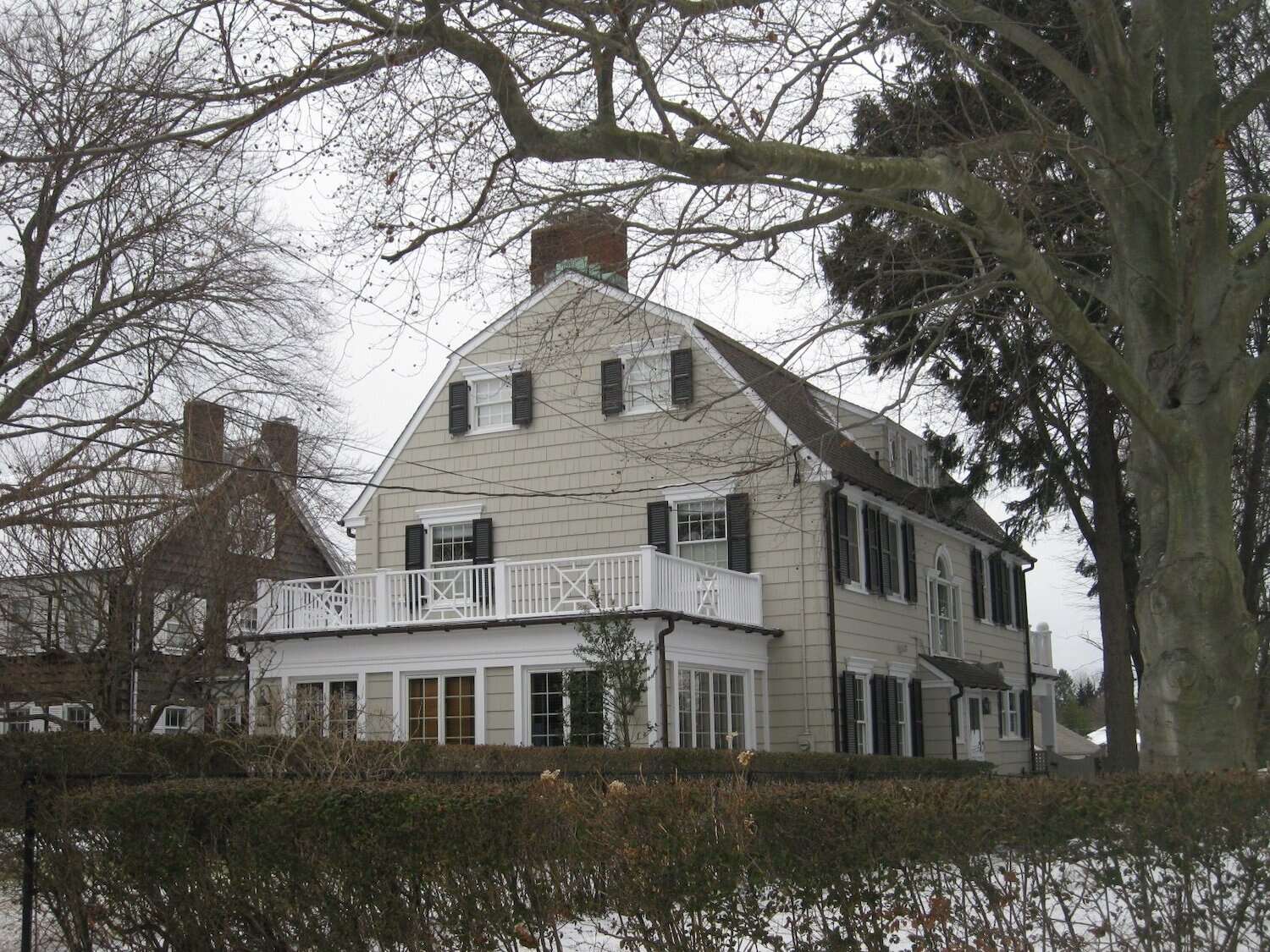
Who is Philip Chism? Philip Chism is a name that has been etched into the annals of criminal history due to a tragic and shocking event. Born in 1999, he gained notoriety as a teenager when he was convicted of the brutal murder of his high school math teacher, Colleen Ritzer, in 2013. This incident took place in Danvers, Massachusetts, and sent shockwaves through the community and beyond. Chism, who was just 14 years old at the time, was tried as an adult and received a life sentence with the possibility of parole after 25 years. His case has sparked discussions about juvenile crime, mental health, and the justice system.
Key Takeaways:
- Philip Chism's quiet demeanor and love for soccer took a dark turn when he committed a shocking crime at his high school, leaving a lasting impact on the community.
- The tragic incident sparked national conversations about school safety and mental health, leading to increased security measures and advocacy for stricter laws, while also serving as a case study for students.
Early Life and Background
Understanding Philip Chism's early life provides context to his later actions. Here are some key details about his background.
- Philip Chism was born on January 21, 1999. His birthplace is Clarksville, Tennessee.
- He moved to Massachusetts with his mother. This relocation happened after his parents' separation.
- Chism attended Danvers High School. He was a freshman at the time of the incident.
- He was known to be a quiet student. Teachers and classmates described him as reserved and polite.
- Philip had a passion for soccer. He played on the school's junior varsity soccer team.
The Tragic Incident
The events that unfolded on October 22, 2013, shocked the community and the nation. Here are the critical facts about that day.
- Philip Chism murdered Colleen Ritzer. She was his 24-year-old math teacher.
- The crime occurred inside Danvers High School. It happened after school hours.
- Chism followed Ritzer into a bathroom. He attacked her with a box cutter.
- He concealed her body in a recycling bin. He then moved it to a nearby wooded area.
- Chism used a mask during the attack. This was captured on school surveillance cameras.
- He stole Ritzer's credit cards and iPhone. He used them to buy food and a movie ticket.
- Philip was found walking along Route 1. Police arrested him early the next morning.
Legal Proceedings
The legal journey that followed was complex and lengthy. Here are the significant milestones.
- Chism was charged with first-degree murder. He also faced charges of aggravated rape and armed robbery.
- He pleaded not guilty. His defense team argued he was mentally ill.
- The trial began in November 2015. It took place in Essex County Superior Court.
- Chism was found guilty on December 15, 2015. The jury convicted him on all counts.
- He was sentenced to life in prison. However, he is eligible for parole after 25 years.
- The trial included graphic evidence. This included surveillance footage and forensic details.
- Chism's mental health was a focal point. His defense cited schizophrenia and other disorders.
- The court ordered a psychiatric evaluation. This was to determine his competency to stand trial.
Impact on the Community
The murder of Colleen Ritzer had a profound impact on the Danvers community and beyond. Here are some of the lasting effects.
- Danvers High School increased security. Measures included more surveillance cameras and restricted access.
- A scholarship was established in Ritzer's name. It supports students pursuing careers in education.
- The community held vigils and memorials. These events honored Ritzer's life and legacy.
- Ritzer's family advocated for stricter laws. They pushed for changes in juvenile sentencing.
- The case sparked national conversations. Topics included school safety and mental health.
- Students received counseling services. This helped them cope with the trauma of the incident.
- Ritzer's classroom was turned into a memorial. It serves as a place for reflection and remembrance.
Media Coverage and Public Reaction
The case attracted significant media attention, influencing public opinion and awareness. Here are some key points.
- The trial was widely covered by the media. Major news outlets reported on the proceedings.
- Documentaries and news specials were produced. These explored the details of the case.
- Social media played a role in public reaction. People expressed their shock and grief online.
- The case highlighted issues in the juvenile justice system. Discussions focused on sentencing and rehabilitation.
- Ritzer's family used media to share her story. They emphasized her passion for teaching and helping others.
- Public opinion was divided on Chism's sentence. Some felt it was too lenient, others argued for his mental health considerations.
- The case remains a topic of discussion. It is often cited in debates about school safety and juvenile crime.
- Books and articles have been written about the case. These provide in-depth analysis and personal perspectives.
- The incident is used in educational settings. It serves as a case study for law, psychology, and criminal justice students.
Final Thoughts on Philip Chism
Philip Chism's case remains one of the most shocking and tragic events in recent history. His actions led to the untimely death of Colleen Ritzer, a beloved teacher whose life was cut short. The trial revealed disturbing details about Chism's mental state and the brutal nature of the crime. Despite his young age, Chism was tried as an adult and received a life sentence with the possibility of parole after 25 years. This case highlights the complexities of the juvenile justice system and the ongoing debate about how to handle young offenders who commit heinous crimes. Colleen Ritzer's legacy lives on through scholarships and foundations established in her name, ensuring her passion for education continues to inspire future generations. The community's response to this tragedy underscores the importance of remembering and honoring victims while seeking justice.
Frequently Asked Questions
Was this page helpful?
Our commitment to delivering trustworthy and engaging content is at the heart of what we do. Each fact on our site is contributed by real users like you, bringing a wealth of diverse insights and information. To ensure the highest standards of accuracy and reliability, our dedicated editors meticulously review each submission. This process guarantees that the facts we share are not only fascinating but also credible. Trust in our commitment to quality and authenticity as you explore and learn with us.


